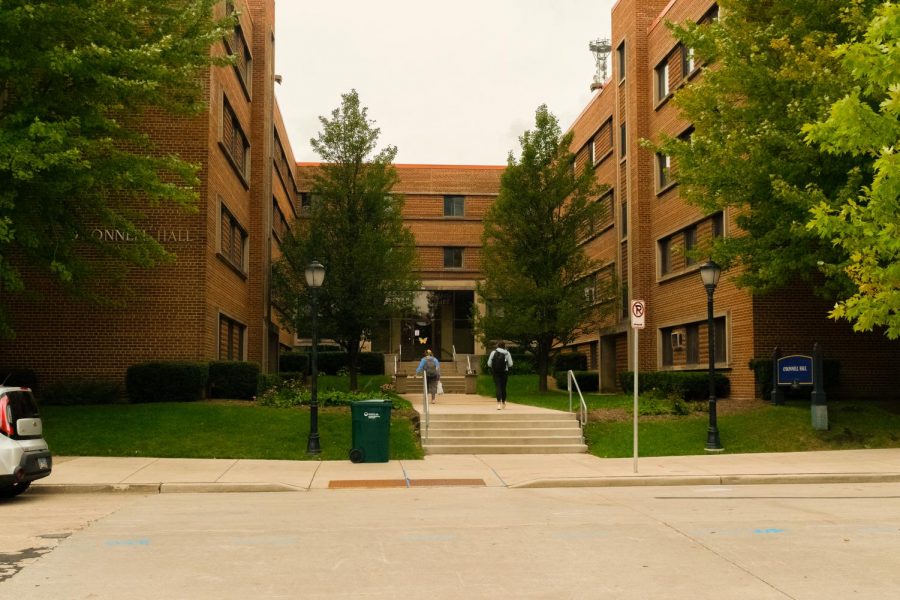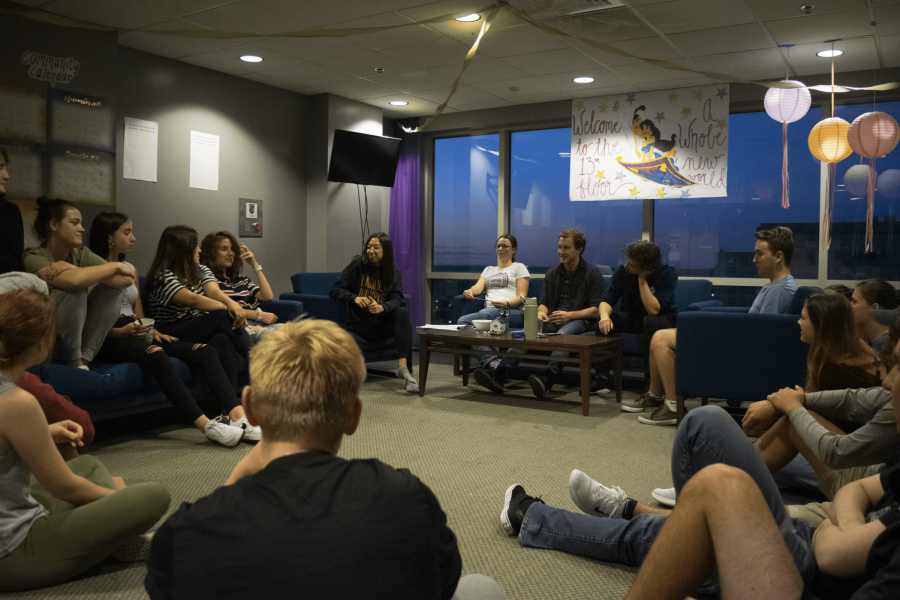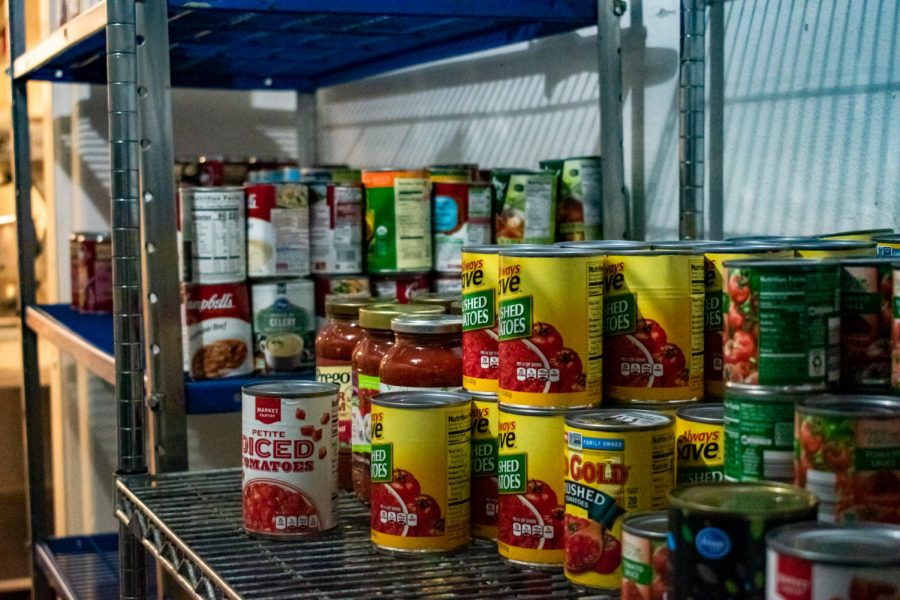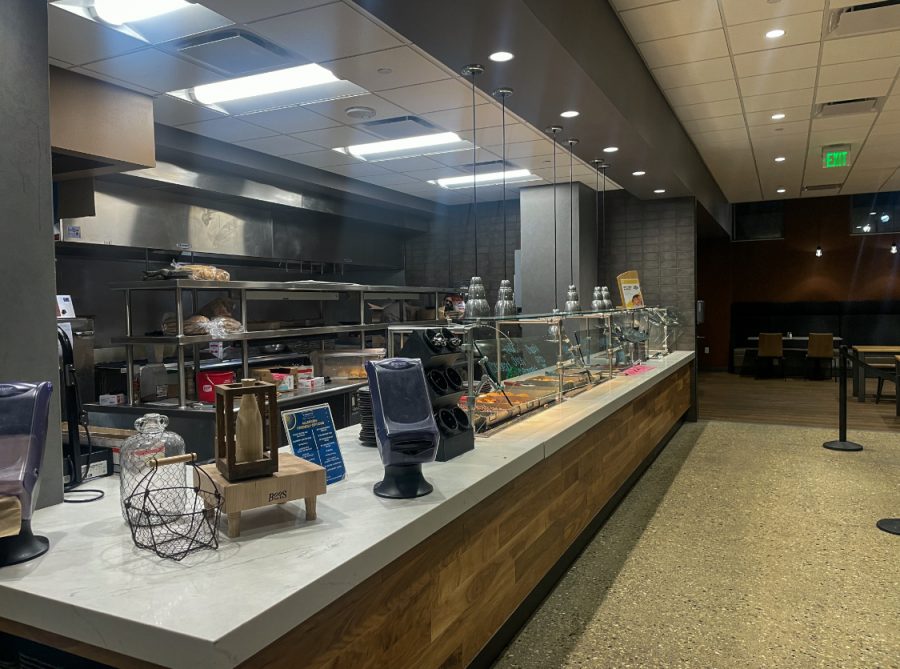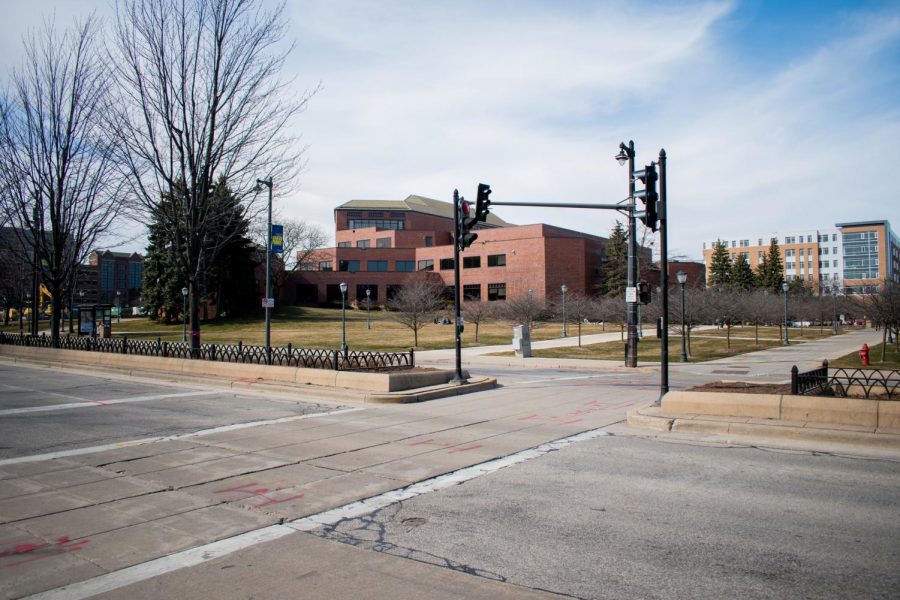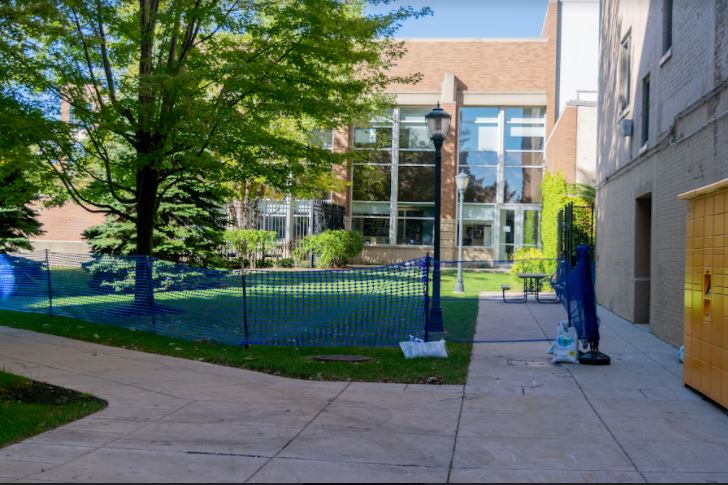In college, a home-cooked meal becomes a sacred rarity. Just the thought of anything fresh and out of the oven can leave the most well-adjusted students feeling a little homesick.
And as the weather becomes colder, students’ dining choices will be restricted to whatever is nearest to them, making food options important.
This semester, Marquette created a “destination dining” cafeteria in Mashuda Hall. The ’50s-style diner joins Schroeder Hall’s Café Italiano, which premiered in fall 2008. Although it shows the university is proactive, these two cafeterias limit food choices and do not provide enough healthy options to students.
Dining services should focus more on improving the buffet styles that McCormick Hall, Cobeen Hall and Straz Tower currently have. Even though destination dining in residence halls may seem trendy and different, it may not be what students need.
While some of Schroeder’s Café Italiano dishes are vegetarian-friendly, a number of items on its menu are high in calories and sodium.
The pepperoni pizza, a regular on the menu, contains 650 calories and 1,570 milligrams of sodium, while the chicken patty parmesan sandwich has 830 calories and 1,430 milligrams of sodium, according to the Marquette Dining Services website.
Students have the option of receiving a salad or an apple with their meal at Café Italiano, but the salads consist of a handful of lettuce, a slice of tomato, cheese and a few croutons. Whole-wheat noodles are available, but only upon request, which could deter some students.
For example, Hannah Price, a sophomore in the College of Arts & Sciences, said she wishes Schroeder had specialty salads instead of unhealthy food.
Mashuda Hall’s diner provides students with more of a selection than Café Italiano, but the hardy comfort foods on its menu dominate the healthier options.
Buffet dining gives students the chance to decide how much they want to eat and how large their portions are, versus receiving a hefty single portion.
“Everyone tries to avoid the freshman 15, but without there being many options it makes it difficult to,” Price said.
Students also receive food faster when eating at buffet style cafeterias, avoiding long lines and wait times common to destination dining locales. Wait time at Schroeder can be 25 minutes or longer.
With various food stations, including a salad bar, deli bar and fresh fruit, Straz Tower’s cafeteria is an example of how campus dining should be.
Many of the items on Straz’s menu include vegetarian, vegan and carb-friendly options, making it easier to eat healthy.
The buffets offer more variety than the consistent menu at Mashuda’s diner, or the Café Italiano menu, which only changes once a week.
Destination dining does provide students with newly renovated cafeterias, different atmospheres and specialty food items, but they are not what students need. The food offered at Mashuda or Schroeder can even be added to a buffet line.
Variety is necessary when it comes to student’s dining options, and buffet style dining options serve those needs.


